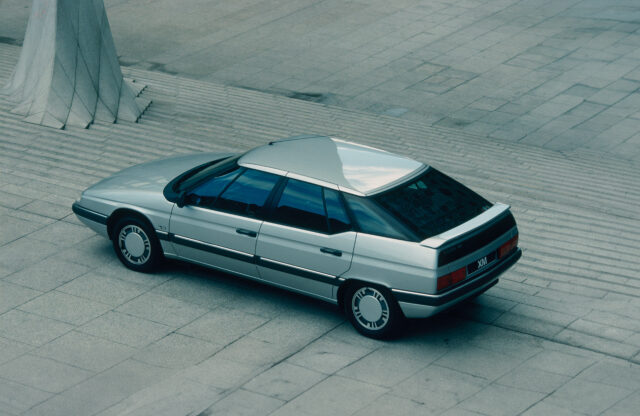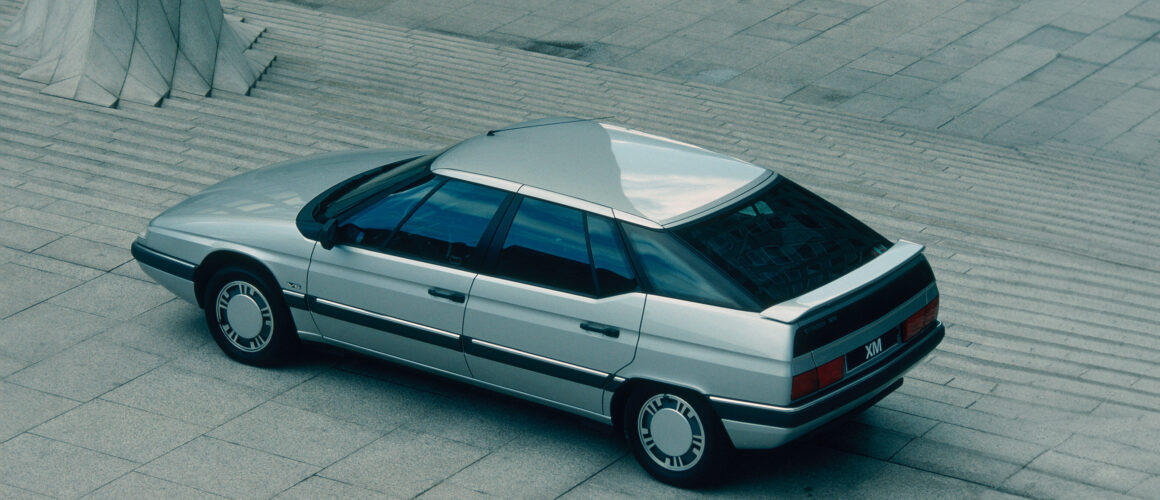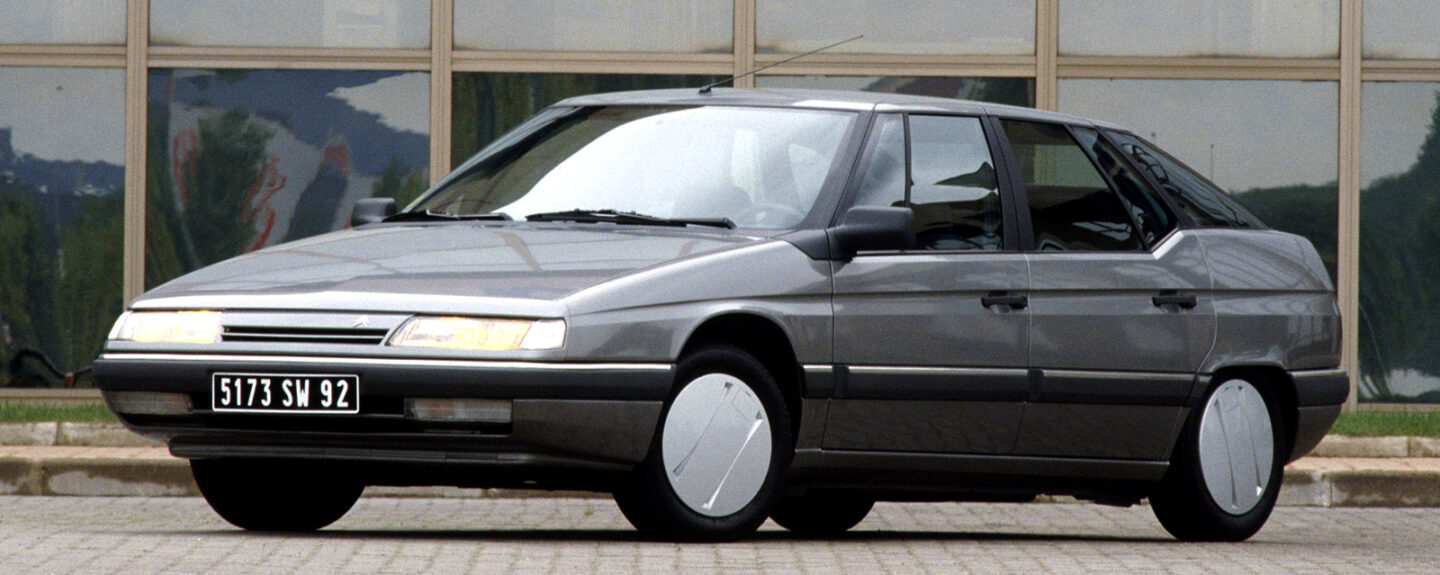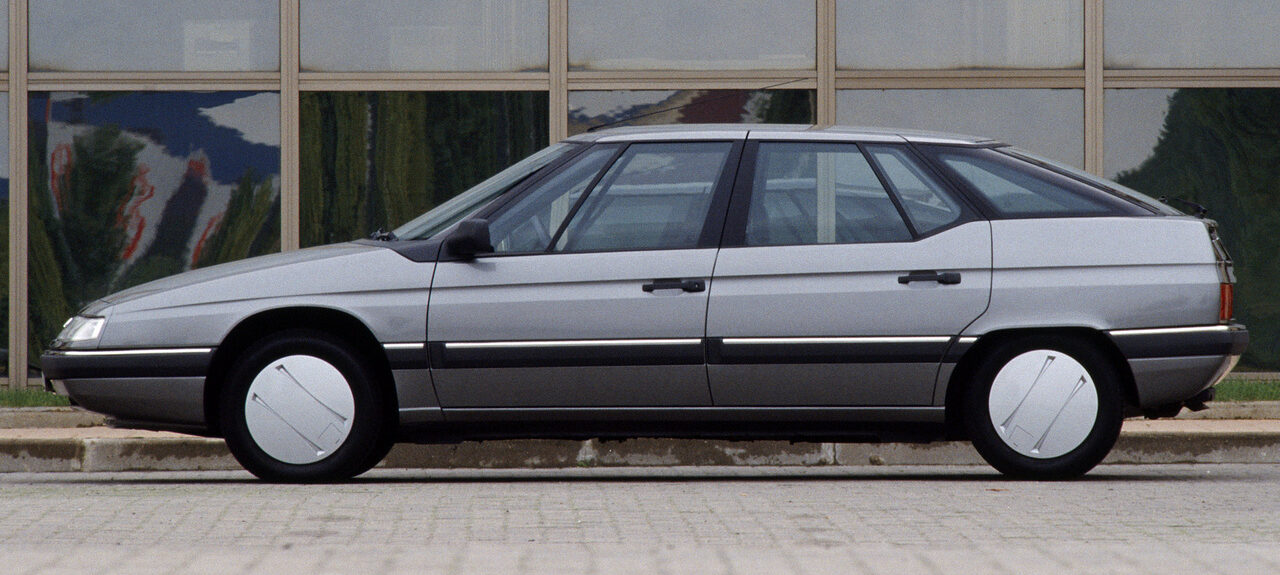Car manufacturers should take note. The XM is a perfect example of how it’s possible to respectfully take inspiration from an older iconic model, such as the SM, without going fully retro. Just look at its pointy front end, slender headlights and the kink in the window line – all subtle throw-backs to the magnificent SM. It’s aged very well, too.
Citroën started work on the CX’s replacement in 1984, but this was to be a new flagship, aiming at a new breed of thrusting business executives. The basic architecture, engines and transmissions were to be shared with Peugeot’s upcoming 605, but Citroën had free rein with pretty much everything else – and virtually nothing would be carried over from the CX.
The original styling sketch was penned by Bertone’s styling director Marc Deschamps – reportedly on the flight home from the initial meeting at Citroën in ’84.
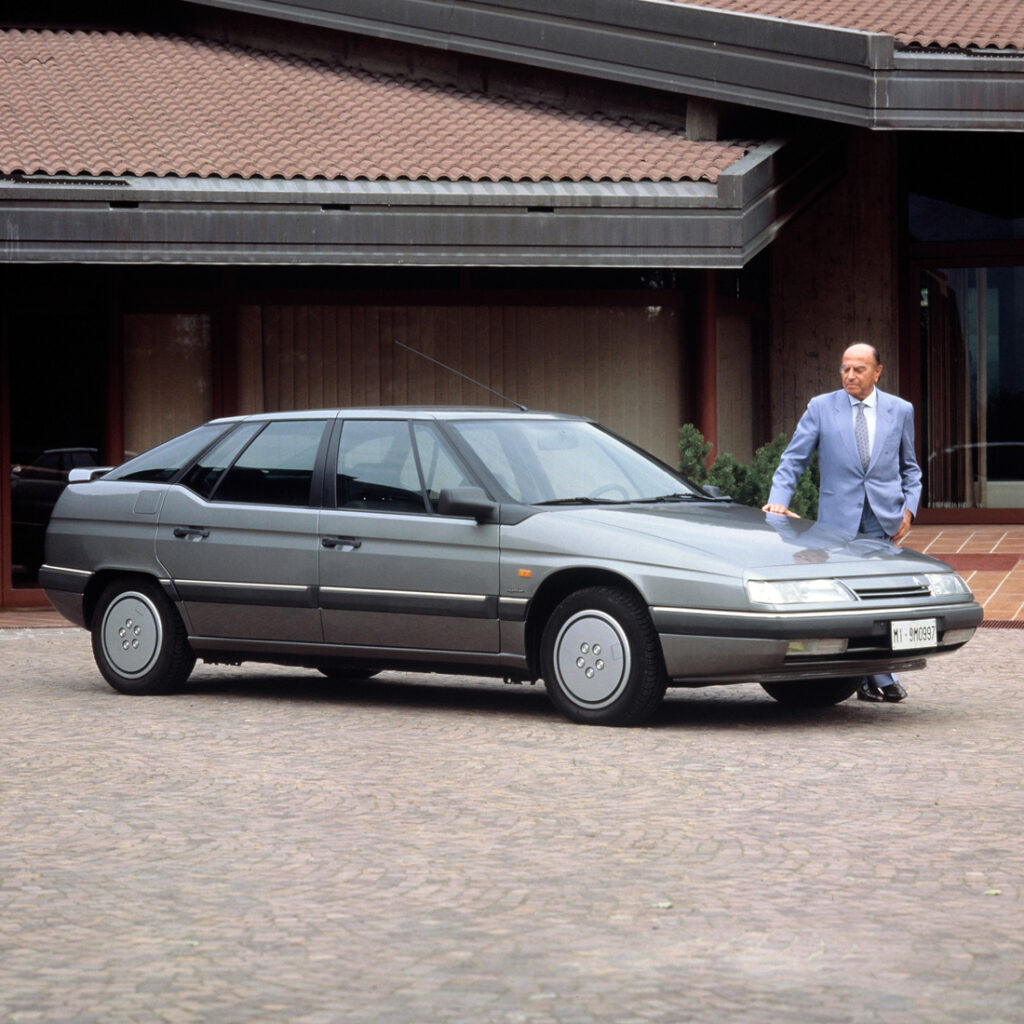
Citroën’s hydropneumatic suspension system would be used, but with one key difference: it was to be computer controlled. Sensors and electrovalves meant that ‘Hydractive’ could switch the suspension from soft on the straights to a significantly stiffer set- up on the way into the bends, almost eliminating roll.
The XM was launched in 1989, offering a basic 2.0-litre carburetted and more powerful EFi petrols, a frugal 2.1-litre 12-valve diesel, and the top-of-the- range 3.0-litre V6 petrol. Interior space and passenger comfort were right at the top of Citroën’s long list of requirements, and it certainly paid off. The interior of an XM feels vast, with rear passengers treated to just as much comfort as those in the front. In 1990, the range-topping 146mph V6 24v was launched, which when coupled with a manual gearbox became the fastest car Citroën had ever built. Sadly this engine was not the strongest, and the unreliability added to an already shaky reputation early XMs had earned thanks to substandard electrical connectors.
Despite that poor start, post-1992 ‘series 1.5’ cars were far more reliable, but sales and residual values never recovered. A smooth and very torquey 2.0-litre ‘constant torque’ low-pressure turbo engine provided a good-value option for buyers from 1992.
The major facelift was launched in mid-1994, introducing a slightly toned-down dashboard and a few minor external tweaks. Updated Hydractive 2 suspension offered a superior handling and ride compromise, while a 2.0-litre 16v engine was introduced at the entry-level. A much-improved all- alloy 193bhp 2.9-litre 24v V6 engine followed in 1997, with production continuing right up to 2000. It would be five years before the C6 replaced it in 2005.
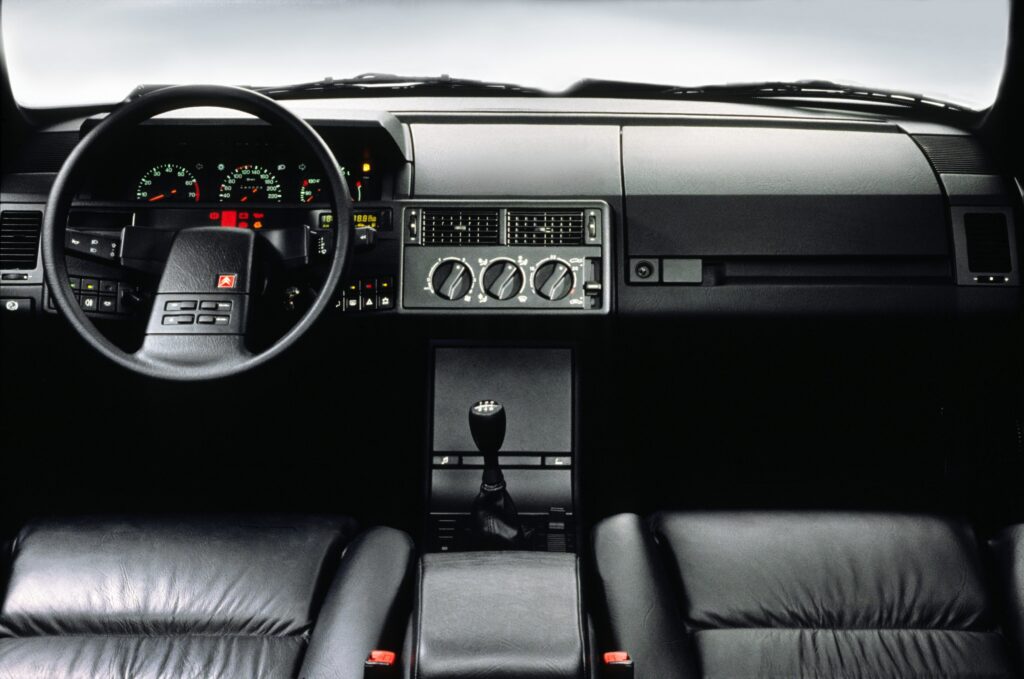
Make sure you know a good specialist, and XM ownership can actually be very rewarding. The conundrum is whether to go for the design purity of an early car or the much-improved build and dynamics of a later example. The sweet spot might very well be one of the mid-production ‘Series 1.5’ cars, which many argue offer the best of both worlds. Riding in even the most basic XM feels like an event, though. Find a nice one, look after it, and enjoy the very best of 1990s French executive motoring.
Citroen XM Common problems
• The XM was famed for electrical gremlins, though most were cured within the first couple of years, and many of the affected early cars have been fixed today.
• The hydraulic suspension is relatively simple and is well supported by specialists. Spheres are cheap, and the rest is relatively simple to repair and maintain. Front strut tops are a weak point, and must be inspected.
• Rusty sills and floorpans are common. The original underseal can hide it very well, and by the time it comes to light it’s often terminal.
What to pay?
There are still plenty of £1000 XMs on the market but these will always be in need of work, so tread carefully. Well- maintained and tidy four- cylinder XMs start at around £2500, rising to £5000 for the best. Tidy diesel models and estates are rare today, but still desirable for those seeking an interesting, usable workhorse classic.
V6 models start at closer to £3500, but the nicest top out at about £7500. Series 1 V6 24v cars are extremely rare so, if you find one, expect to pay a healthy premium.
